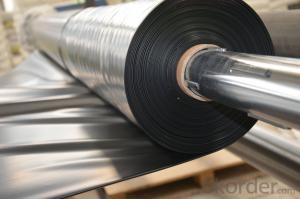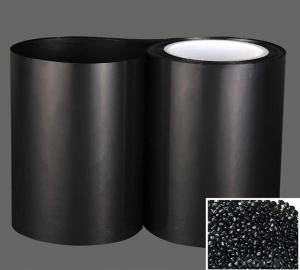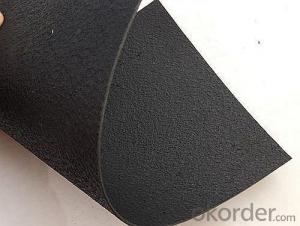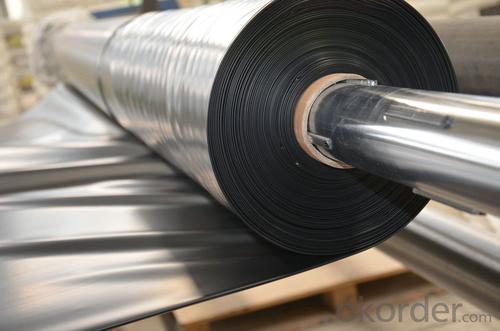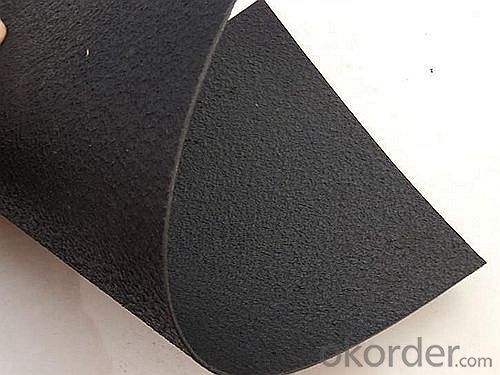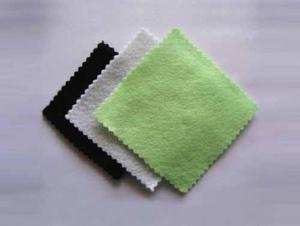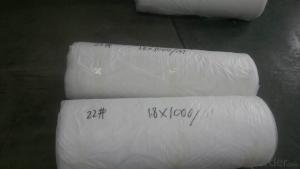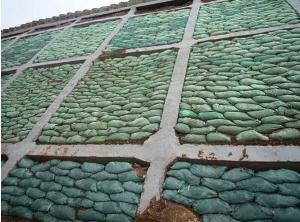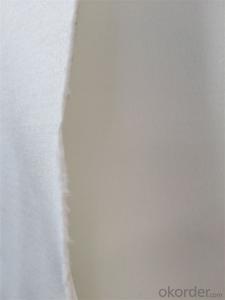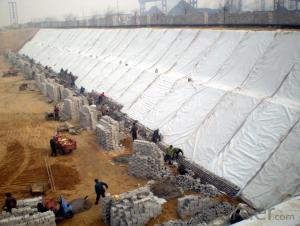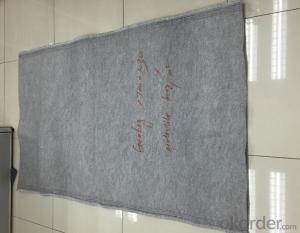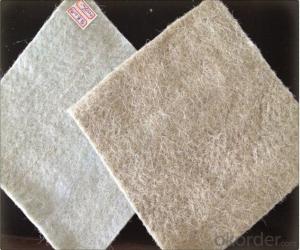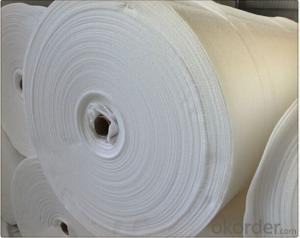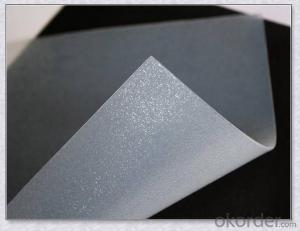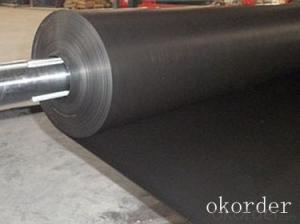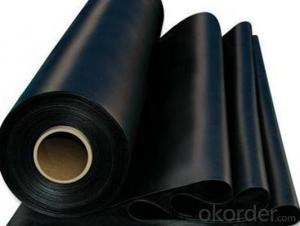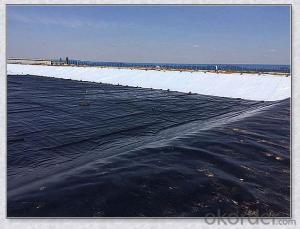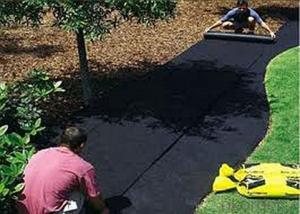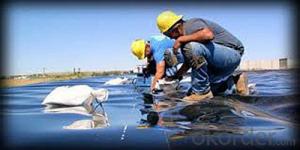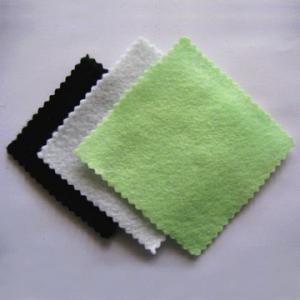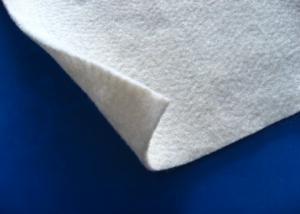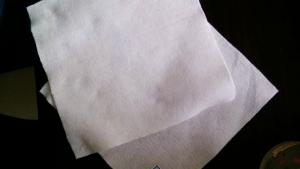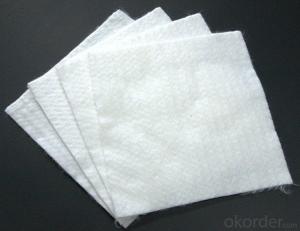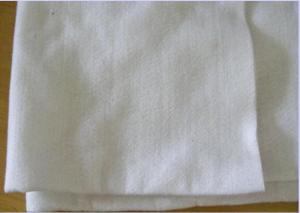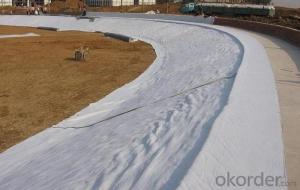Polypropylene Geotextile Reinforced HDPE Geomembrane for Decorative and Architectural Ponds
- Loading Port:
- China main port
- Payment Terms:
- TT OR LC
- Min Order Qty:
- 1000 m²
- Supply Capability:
- 1000000 m²/month
OKorder Service Pledge
OKorder Financial Service
You Might Also Like
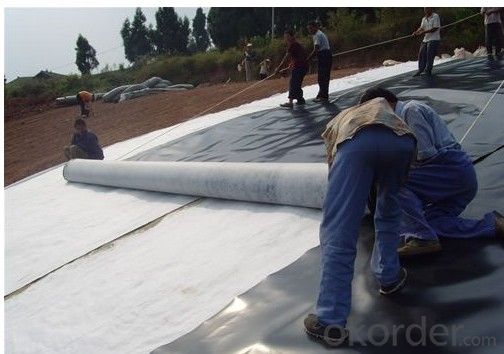
HDPE Geomembrane
Thickness: 1.0mm to 3.0mm
Roll Size: 4m-9m in width
roll length as design or client’s request
LDPE Geomembrane
Thickness: 0.1mm to 3.0mm
Roll Size: 4m-9m in width
roll length as design or client’s request
LLDPE Geomembrane
Thickness: 0.5mm to 3.0mm
Roll Size: 4m-9m in width
roll length as design or client’s request
Technical specifications of HDPE geomembrane:
a) Density ≥ 0.94g/m2
b) Tensile Strength ≥25Mpa
c) Elongation at Break ≥ 550%
d) Right-angled Tear ≥ 110N/mm
e.)Puncture Strength ≥ 550N
f.) Permeability Coefficient ≤1.0xe-13gNaN/(cm2.S.Pa)
g.) -70oC Low Temperature Impact Brittle Property: good.
h.) Chemical Resistance: at 80oC, marinated in 5g/L Nacl for a long time, it will not erode or swell.
Our Service
1.On a regular basis or as per your request,we entrust national testing agencies to conduct quality inspections
2. Strictly in accordance with the ISO9001-2008 international quality system standard,we monitor and manage the whole process throughout production,quality testing,and measurement to ensure product quality
3. For quality-related construction delay or substandard construction(except for damage or losses due to customer’s responsibility or irresistible natural disasters),we have refunding,replacement,and repair services.We will respond to customers’ feedbacks on quality issues within 24 hours.
4.When the construction is completed,as your request,our technical staff may participate in the final acceptance.
FAQ:
Q: What kind of payments does jenor support?
A: T/T, L/C, Cash are accepted.
Q: Do you charge for the samples?
A: Accordeing to our company policy, the samples are free, we only charge the freight fee. And we will return the freight fee during the next order.
Q: Can you produce according to customers' design?
A: Sure, we are professional manufacturer, OEM and ODM are both welcome.
Q: Do you have other products?
A: Yes, please check the pictures:
- Q: How do geotextiles help with soil reinforcement in retaining walls?
- Geotextiles help with soil reinforcement in retaining walls by acting as a barrier between the soil and the backfill material. They prevent soil erosion and provide stability by distributing the pressure evenly across the wall. Additionally, geotextiles enhance the overall strength and longevity of the retaining wall system.
- Q: Are geotextiles suitable for use in road shoulder stabilization?
- Yes, geotextiles are suitable for use in road shoulder stabilization. Geotextiles can effectively prevent erosion, improve soil stability, and provide reinforcement to road shoulders by distributing load and reducing lateral movement. They are also permeable, allowing for drainage and preventing water accumulation, which helps maintain the integrity of the road shoulder.
- Q: Are geotextiles suitable for use in erosion control socks?
- Yes, geotextiles are suitable for use in erosion control socks. Geotextiles provide effective filtration, drainage, and erosion control properties, making them an ideal choice for preventing sediment and soil erosion in erosion control socks.
- Q: Sng400-2.5gb / t-1998 geotextile is what the specifications
- Two cloth a film, wish smooth
- Q: Can geotextiles be used in pond liners?
- Yes, geotextiles can be used in pond liners. Geotextiles are often used as a protective layer in pond liners to provide additional strength, durability, and resistance to punctures or tears. They help prevent the migration of soil particles and provide stability to the liner, making them a suitable choice for pond construction.
- Q: What is the effect of tunnel geotextile failure on tunnel quality
- My company specializes in the production of geotechnical materials, treat people with sincerity to ensure your satisfaction.
- Q: What are the different geotextile installation techniques for steep slopes?
- There are several geotextile installation techniques that can be used for steep slopes. These include anchoring the geotextile with soil nails or rock bolts, using geotextile wraps or sleeves around soil or rock slopes, and installing geotextile mats or grids on the slope surface. These techniques help to stabilize the slope, prevent erosion, and improve overall slope stability.
- Q: Fish pond geotextile use method
- Not geotextile to use impermeable geotextile is a filtering effect
- Q: Waterproof geotextile market demand prospects?
- Supply geotextile, geomembrane, composite geomembrane and other geotechnical materials. Market prospects are excellent. Geotechnical material manufacturers to answer your questions
- Q: What are the different geotextile puncture resistance test methods?
- There are several geotextile puncture resistance test methods, including the Cone Drop Test (ASTM D1709), the CBR Puncture Test (ASTM D6241), the Ball Burst Test (ASTM D3787), and the Trapezoidal Tear Test (ASTM D4533). These tests assess the ability of geotextiles to withstand puncture forces and provide valuable information about their durability and performance in various applications.
Send your message to us
Polypropylene Geotextile Reinforced HDPE Geomembrane for Decorative and Architectural Ponds
- Loading Port:
- China main port
- Payment Terms:
- TT OR LC
- Min Order Qty:
- 1000 m²
- Supply Capability:
- 1000000 m²/month
OKorder Service Pledge
OKorder Financial Service
Similar products
Hot products
Hot Searches
Related keywords
